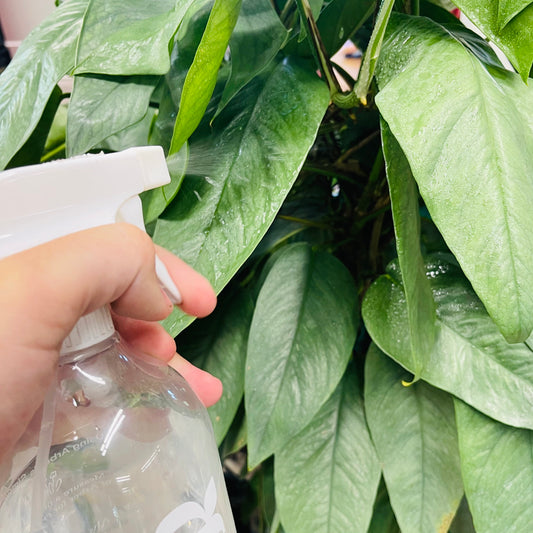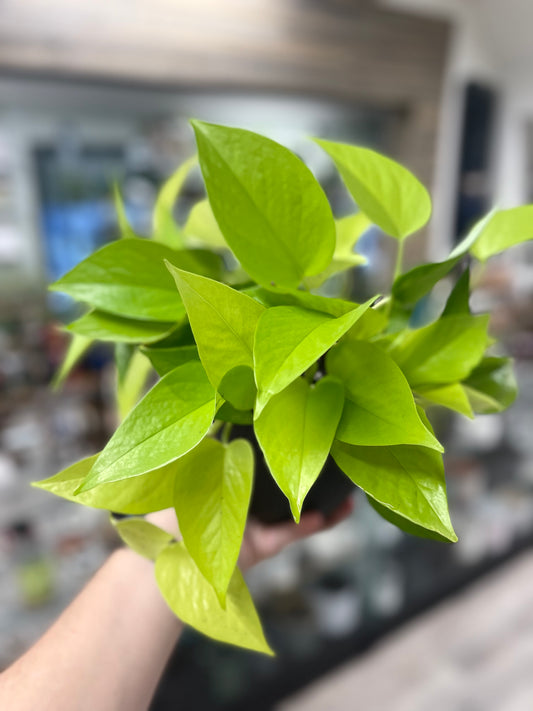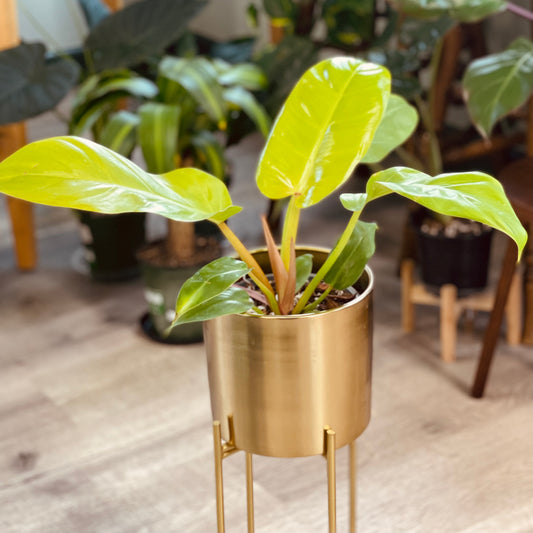Germinating seeds is an exciting and rewarding process that allows you to start your own plants from scratch. Whether you’re an experienced gardener or a beginner, learning how to germinate seeds is a valuable skill to have. Here is a detailed guide on how to germinate seeds successfully, including methods that do not involve soil:
-
Choose the right seeds: Start by selecting high-quality seeds that are appropriate for your climate and growing conditions. Make sure to read the seed packet carefully to determine the best time to plant, as well as any specific care instructions.
-
Prepare the soil or alternative growing medium: If you plan to germinate your seeds in soil, prepare the soil by loosening it with a garden fork and adding compost or well-rotted manure to improve its structure and nutrients. If you’re planting in pots or containers, use a high-quality potting mix. Alternatively, you can germinate seeds without soil by using other growing mediums such as vermiculite, perlite, or coconut coir.
-
Sow the seeds: The next step is to sow the seeds according to the instructions on the seed packet. This may involve planting the seeds directly in the soil or starting them in seed trays or pots. If you’re using a soil-less growing medium, make sure to moisten it before planting the seeds. Be sure to follow the recommended planting depth and spacing to give your seeds the best chance of success.
-
Water the seeds: Once the seeds are planted, water them gently to help them settle into the soil or growing medium. Avoid overwatering, as this can cause the seeds to rot. Instead, aim to keep the soil evenly moist, but not waterlogged. If you’re using a soil-less growing medium, make sure to keep it moist but not waterlogged.
-
Provide the right conditions: To germinate successfully, seeds need the right combination of moisture, warmth, and light. If you’re starting your seeds indoors, use a propagator or place them in a warm, sunny location. If you’re starting them outdoors, protect them from frost and strong winds.
-
Monitor the progress: As the seeds germinate, keep an eye on their progress and make any necessary adjustments to the watering and temperature. Once the seedlings have emerged, continue to water and care for them according to the specific needs of the plant.
With these simple steps, you can successfully germinate seeds and start your own plants from scratch, even without using soil. Good luck, and happy growing!





![Dracaena marginata (16" Plastic Pot) [ID #47618480]](http://zenrockford.com/cdn/shop/files/image_992491d2-6277-4893-842f-11e2983f137e.jpg?v=1725732294&width=533)
![Philodendron Florida Bronze (10" Nursery Pot) [ID #29432345]](http://zenrockford.com/cdn/shop/files/image_a67d0fb6-348e-4829-a7eb-64ce015a3b39.jpg?v=1725643115&width=533)
![Aglaonema Manilla's Pride (3" Plastic Pot) [ID #33051624]](http://zenrockford.com/cdn/shop/files/image_1fb45f38-7b6b-412c-aa29-ed2df326d106.jpg?v=1753291075&width=533)
![Scindapsus Silver Lady (8" Clay Pot w/ Moss Pole) [ID #47128926]](http://zenrockford.com/cdn/shop/files/image_f5c79dcd-5dd4-4ba3-9cf7-f49da779e5ea.jpg?v=1726510803&width=533)